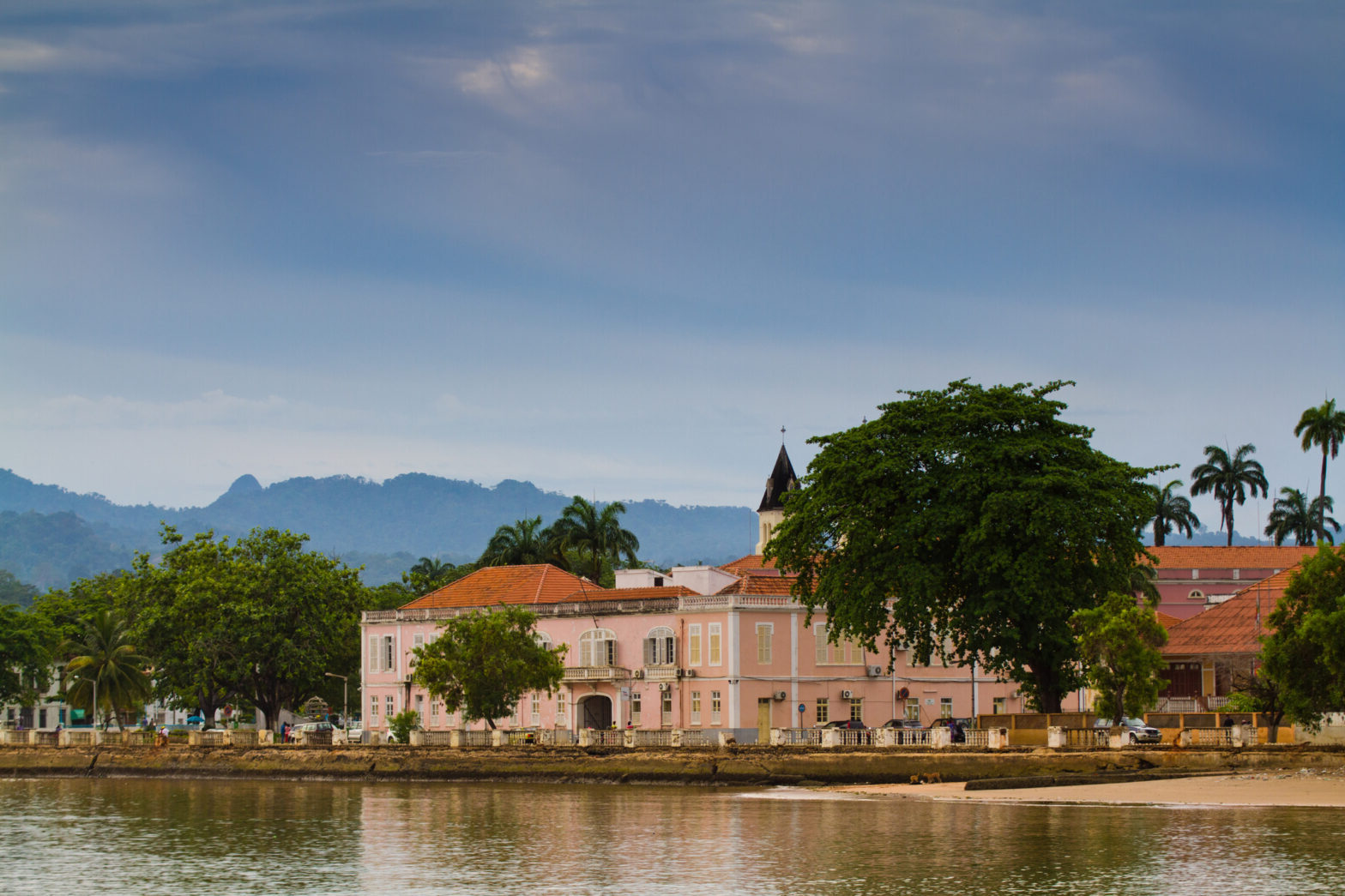
Sao Tome and Principe might be one of the smallest countries in Africa, but it packs a punch with its rich history, vibrant culture, and stunning landscapes. Nestled in the Gulf of Guinea, this island nation offers a unique blend of Portuguese and African influences. Ever wondered what makes this place so special? Sao Tome and Principe boasts lush rainforests, pristine beaches, and a diverse ecosystem that will leave nature lovers in awe. From its colonial architecture to its cocoa plantations, there's a lot to uncover. Ready to learn more about this hidden gem? Let's dive into ten fascinating facts about Sao Tome and Principe that will surely pique your interest.
Key Takeaways:
- Sao Tome and Principe is a tiny island nation with rich history, stunning landscapes, and unique biodiversity. Its highest peak, Pico de Sao Tome, offers breathtaking views of the dormant volcano.
- The country's economy relies on cocoa production, agriculture, and pristine beaches. With a blend of African and Portuguese influences, Sao Tome and Principe is a hidden gem waiting to be explored.
10 Facts About Sao Tome and Principe
Sao Tome and Principe, a small island nation off the coast of Central Africa, is a hidden gem with a rich history and unique culture. Let's dive into some fascinating facts about this intriguing country.
Location and Geography
Understanding the location and geography of Sao Tome and Principe helps appreciate its unique characteristics.
- Sao Tome and Principe are two islands located in the Gulf of Guinea, near the equator. The islands are about 140 kilometers apart.
- The country is the second smallest in Africa, covering just 1,001 square kilometers. Only Seychelles is smaller.
- Pico de Sao Tome, the highest peak, stands at 2,024 meters. It's a dormant volcano offering breathtaking views.
History and Colonization
The islands have a rich history influenced by various cultures and colonizers.
- Portuguese explorers discovered the islands in the late 15th century. They established sugar plantations, making the islands a significant sugar producer.
- Sao Tome and Principe gained independence from Portugal on July 12, 1975. This marked the end of over 500 years of colonial rule.
Biodiversity and Natural Beauty
The islands boast incredible biodiversity and stunning natural landscapes.
- Obo National Park covers about 30% of the islands. It’s home to unique flora and fauna, including many endemic species.
- The islands are known for their pristine beaches and crystal-clear waters. Popular beaches include Praia Jale and Praia Piscina.
Economy and Agriculture
Agriculture plays a crucial role in the country's economy.
- Cocoa production is a major economic activity. Sao Tome and Principe were once the world's largest cocoa producers.
- The islands also produce coffee, palm oil, and coconuts. These products are vital for both local consumption and export.
Culture and Language
The culture of Sao Tome and Principe is a blend of African and Portuguese influences.
- Portuguese is the official language. However, several Creole languages, such as Forro and Angolar, are widely spoken.
Sao Tome and Principe may be small, but it is packed with history, culture, and natural beauty.
Final Glimpse at Sao Tome and Principe
Sao Tome and Principe, a hidden gem in the Gulf of Guinea, offers more than just stunning landscapes. From its volcanic origins to its rich biodiversity, this island nation is a treasure trove of natural wonders. The unique blend of cultures and languages adds a fascinating layer to its history. Cocoa production remains a vital part of the economy, while ecotourism is on the rise, attracting adventurers and nature lovers alike. The islands' pristine beaches and lush rainforests provide a perfect escape from the hustle and bustle of modern life. Whether you're interested in birdwatching, diving, or simply soaking up the sun, Sao Tome and Principe has something for everyone. So, next time you're planning a trip, consider this off-the-beaten-path destination. You won't be disappointed.
Frequently Asked Questions
Was this page helpful?
Our commitment to delivering trustworthy and engaging content is at the heart of what we do. Each fact on our site is contributed by real users like you, bringing a wealth of diverse insights and information. To ensure the highest standards of accuracy and reliability, our dedicated editors meticulously review each submission. This process guarantees that the facts we share are not only fascinating but also credible. Trust in our commitment to quality and authenticity as you explore and learn with us.


